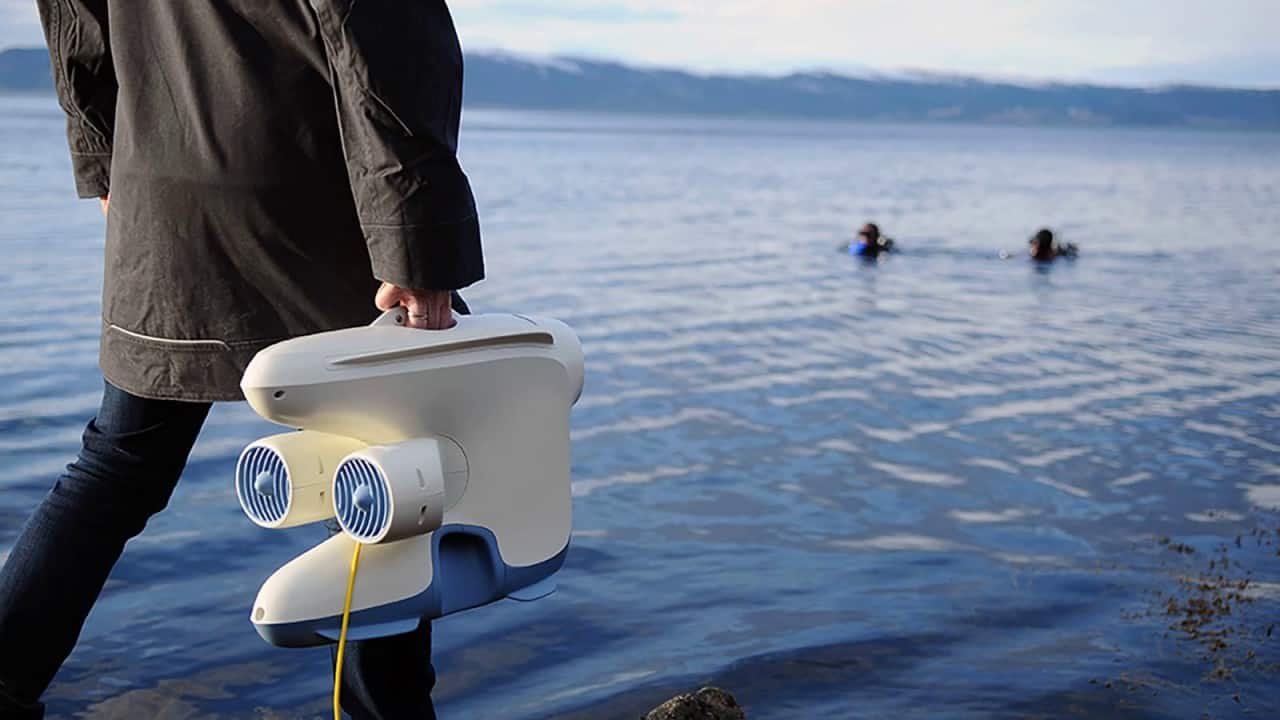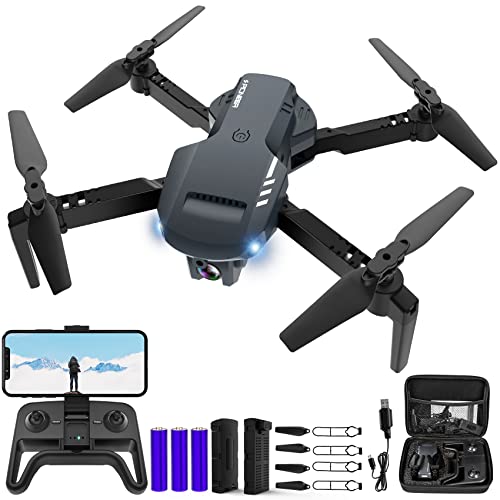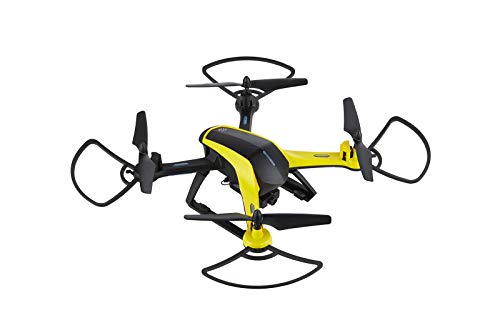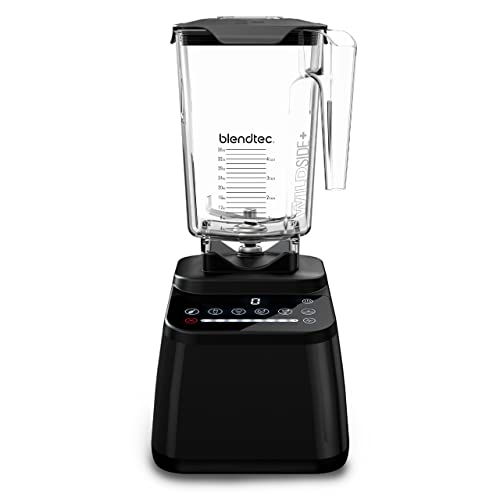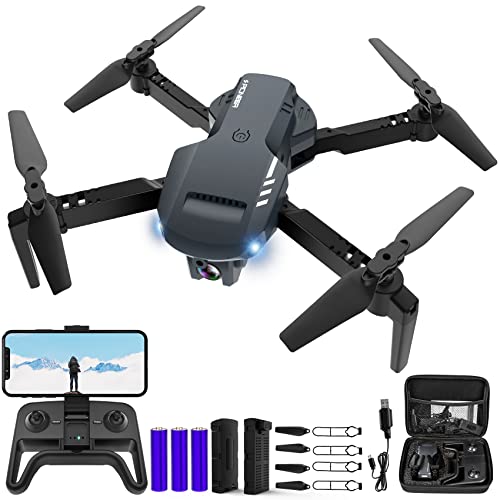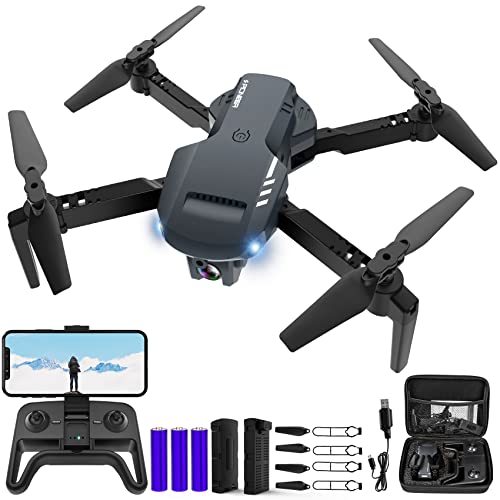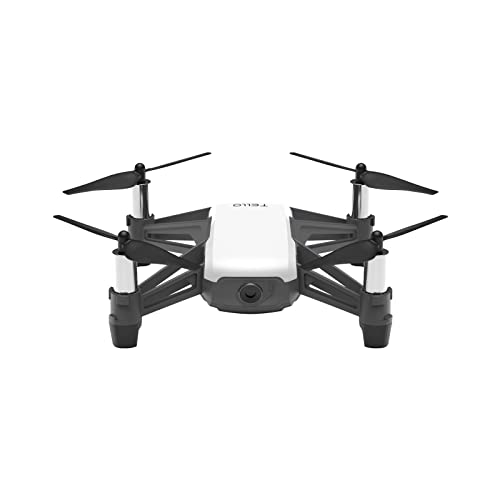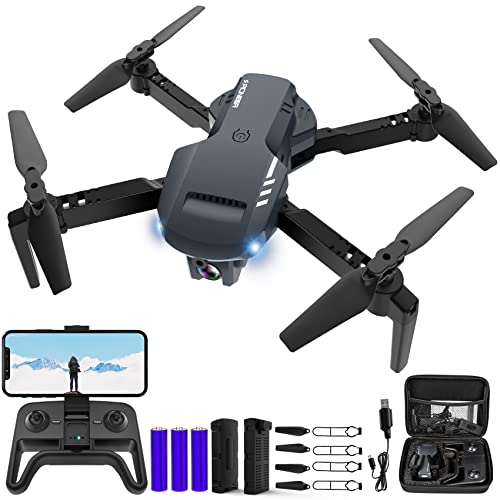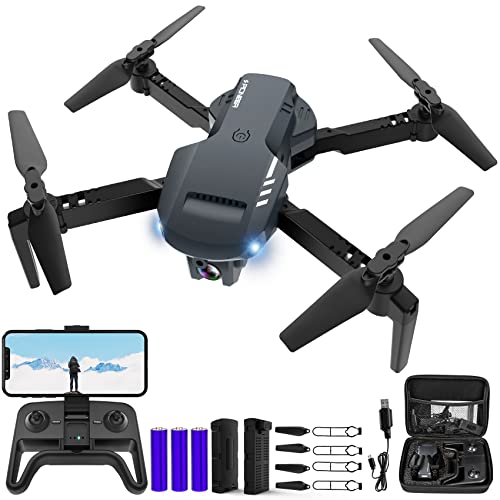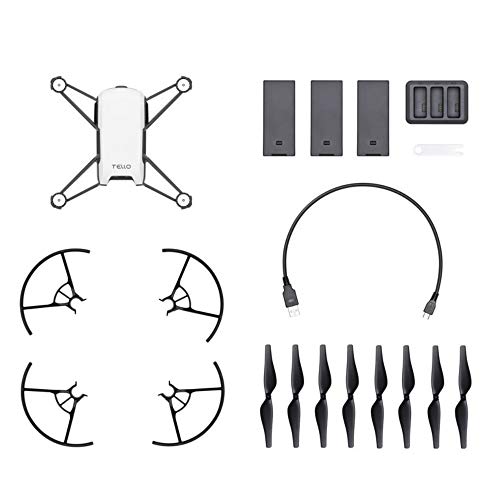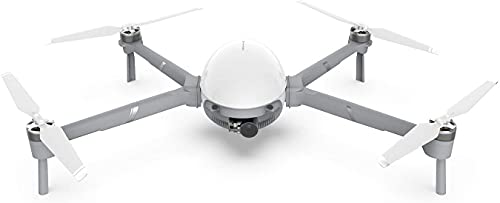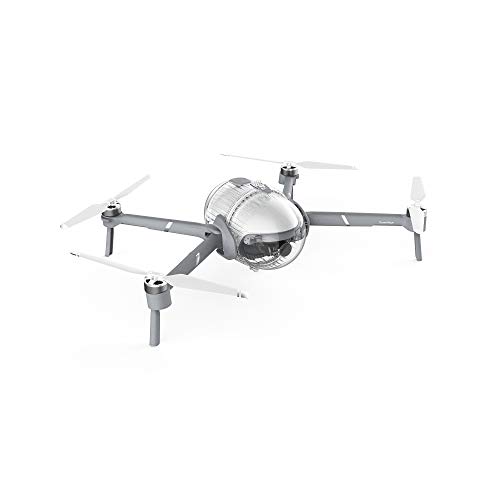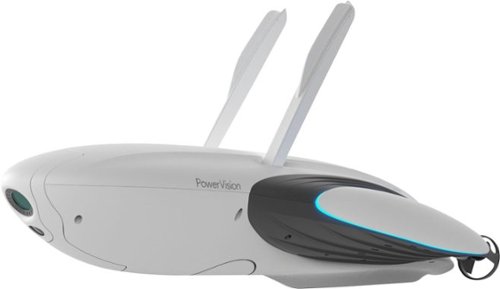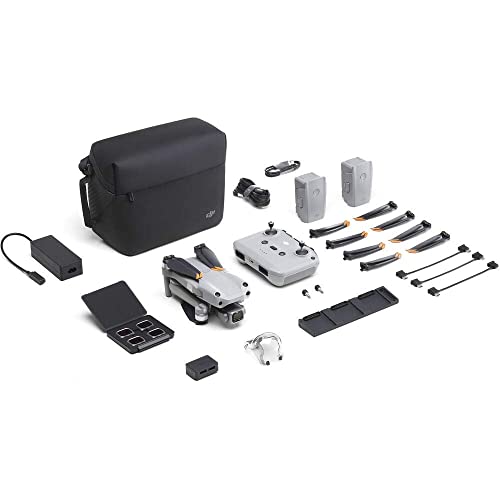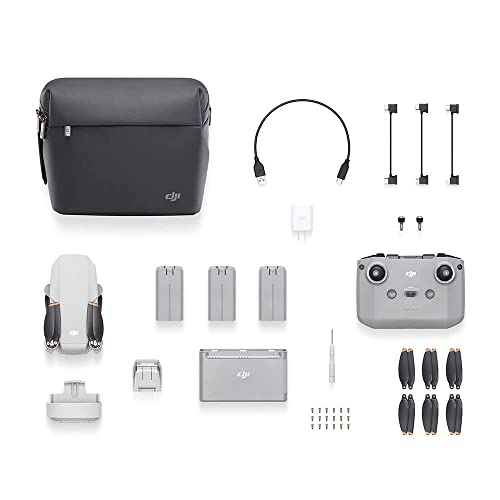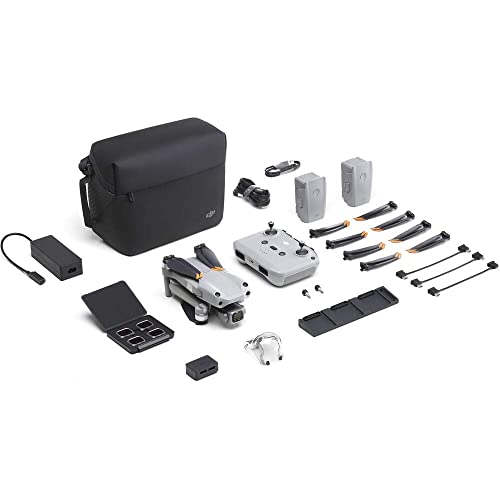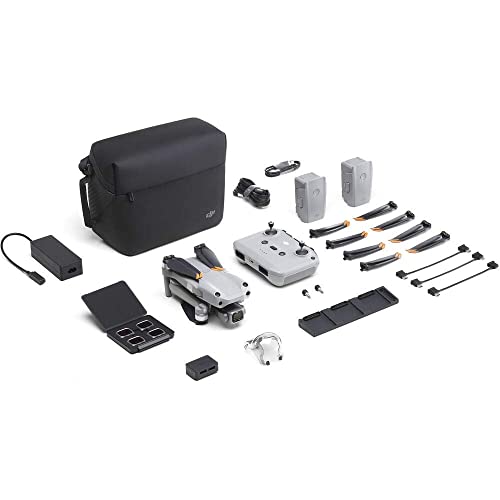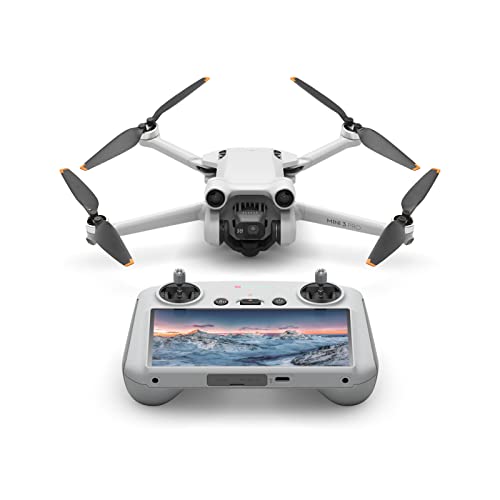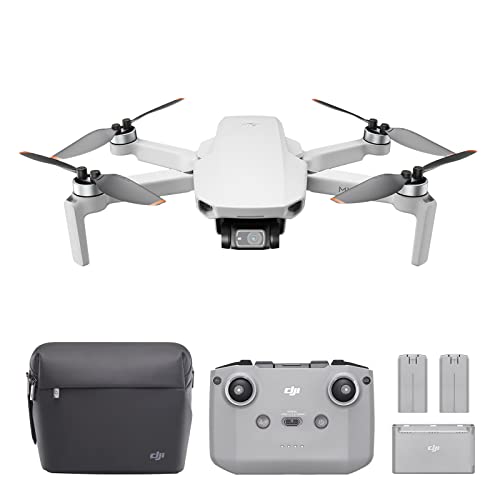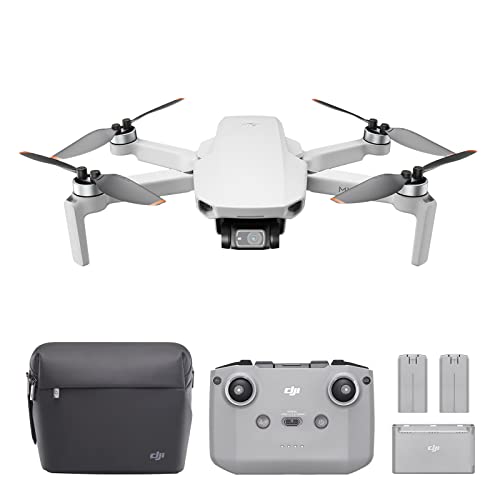If you are to all of the various terminologies surrounding unmanned aircraft devices, you may wonder what is level 7 wind resistance for drones. The best drones, after all, typically feature some level of wind resistance. So what are drone wind resistance levels, why do they matter, and what is level 7? Keep reading to find out.
KEY TAKEAWAYS:
- A drone’s advertised wind resistance rating indicates the wind strength it can withstand during a flight in windy conditions.
- These wind resistance ratings vary from 0 to 12, with a level 7 rating indicating the ability to withstand gusts of up 38 mph.
- If you fly your drone in strong winds, expect unpredictable controls for drone pilots, reduced battery life, and unusable video footage.
What are Drone Wind Resistance Levels?
How windy is too windy to fly a drone? Can the wind disrupt the drone’s range? Is the drone powerful enough to withstand the winds? That’s what wind resistance levels illustrate. These wind resistance ratings differ from drone to drone and vary between zero to 12. This number describes the highest wind speed a drone can fly in. The higher the number, the better it will do in high wind conditions. For example, a level seven wind resistance rating is better than a level six rating. These wind resistance ratings are not mandated by law if you are learning the various laws surrounding drones.
What is Level 7 Wind Resistance for Drones?
Level 7 is considered a decent wind resistance rating and is found on many modern consumer-grade drones. Drones with this rating can withstand wind gusts of up to 32 to 38 miles per hour. Not bad, right? For information’s sake, a level 0 wind resistance rating only withstands wind gusts of one mph, while a level 12 rating withstands wind gusts of up to 73 miles per hour.
Insider Tip
If you are unsure about a particular location, check with a local regulatory agency to inquire about drone flights.
What Happens if I Fly a Drone in Strong Winds?
You’ll encounter many struggles if you go beyond your drone’s advertised wind resistance rating, particularly if you are learning how to use a drone’s headless mode.
More Accidents and Less Maneuverability
You will struggle to control the drone in strong winds, which leads to accidents and damage to the drone itself. The drone could also veer wildly off course and damage someone else’s personal property, such as car windows and the like.
Battery Drain
Flying in strong gusts of wind will severely drain and prematurely deplete your drone’s battery. The motor will work harder than usual, as will the sensors, resulting in a less than acceptable battery life for most users.
Shaky Videos and Images
If you use a drone equipped with a camera to shoot video or still images, flying in strong gusts of wind will render that footage is relatively useless, though some drones with higher-than-average wind resistance ratings can still snap off a good shot or two during extreme weather.
F.A.Q.S
What factors affect drone wind resistance levels?
It really depends on your drone and the windy conditions. Also, drones are not built to withstand flying tree branches and the like, all of which will impact maximum speed.
What wind is too strong for drones?
Drones are partially wind resistant, but gale force winds will impact the maximum flight speed, even for resistant drones. Look at your drone’s wind resistance rating or contact the drone manufacturer.
How to find wind speed before flying?
Check your local weather and look for wind speed before figuring out your minutes of flight time, maximum speed, and where you’ll fly.
STAT: Significant development of drones started in the 1900s, and originally focused on providing practice targets for training military personnel. The earliest attempt at a powered UAV was A. M. Low’s “Aerial Target” in 1916. (source)

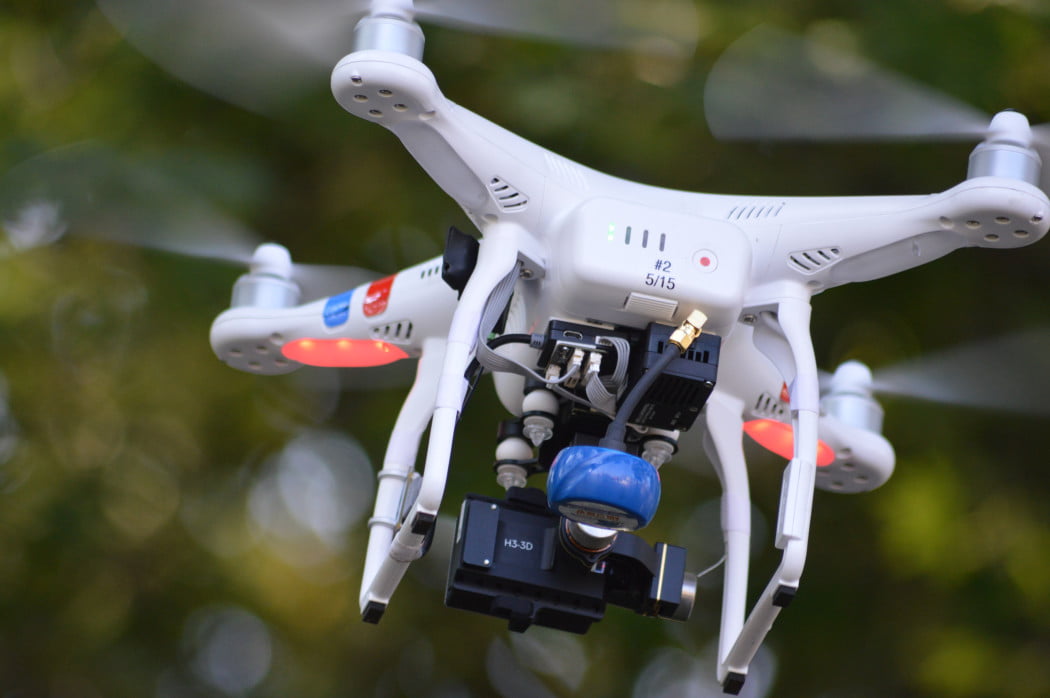












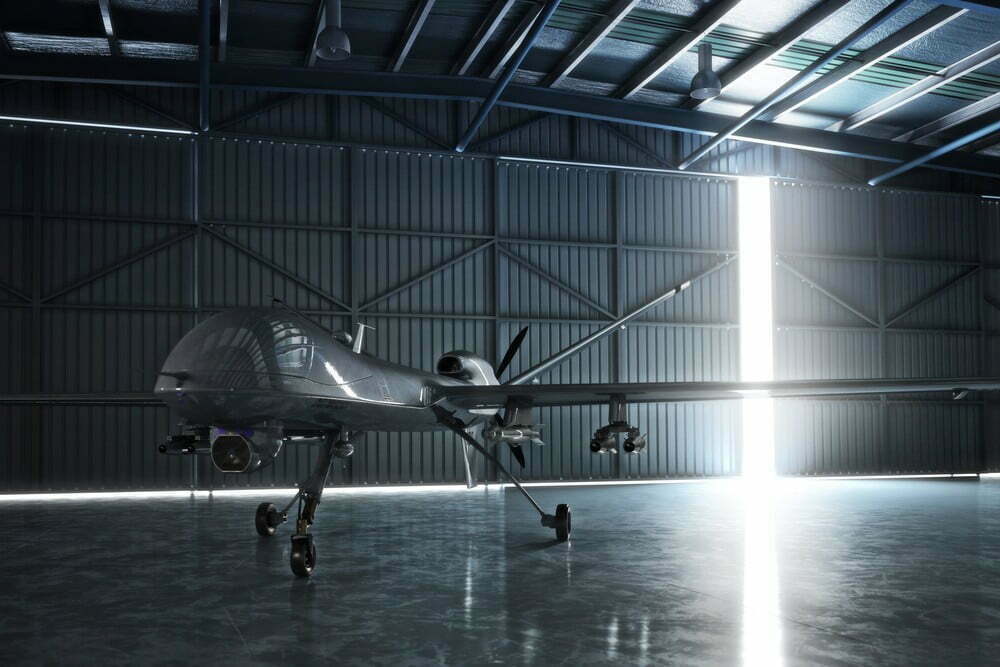
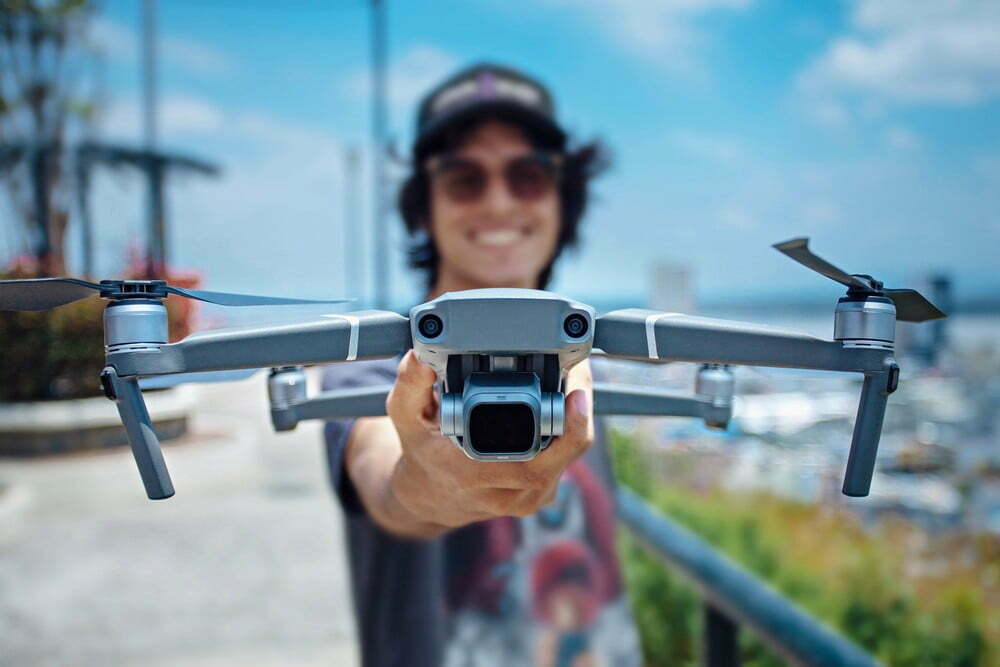
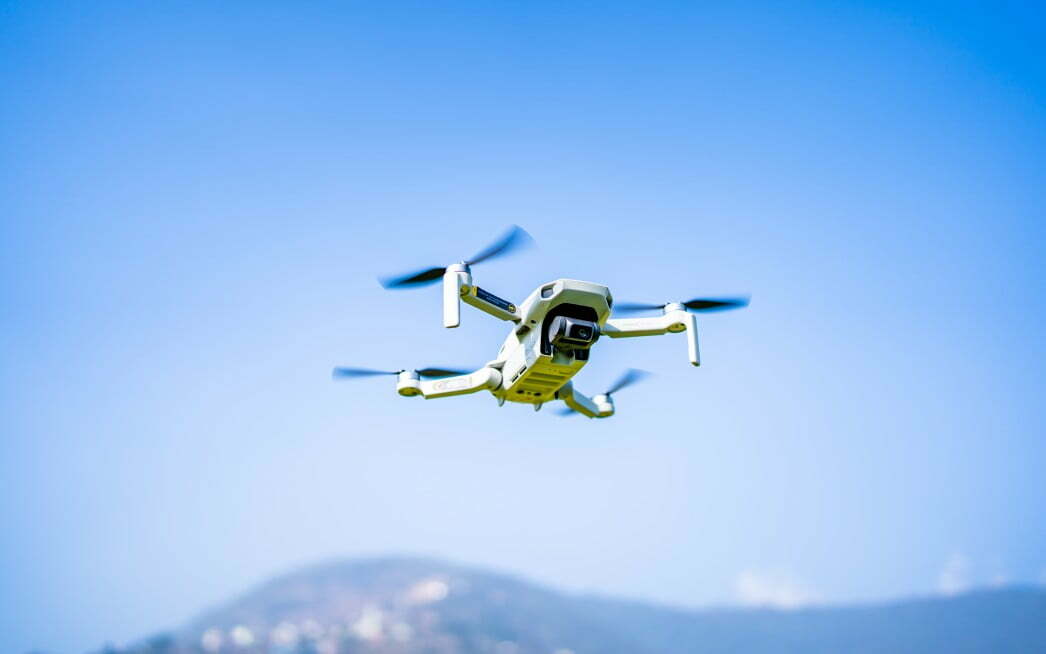
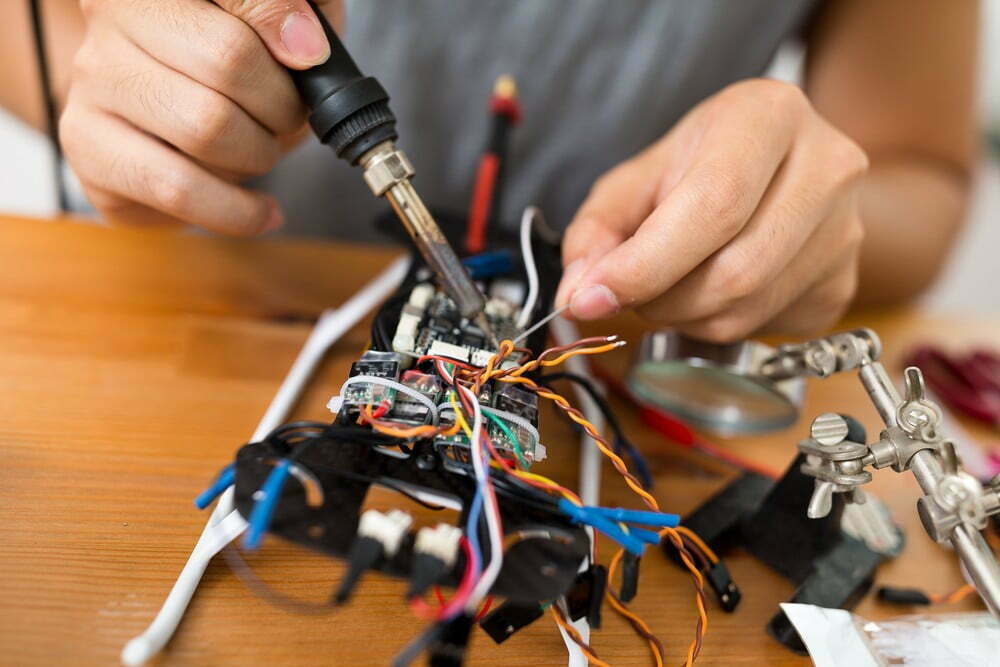
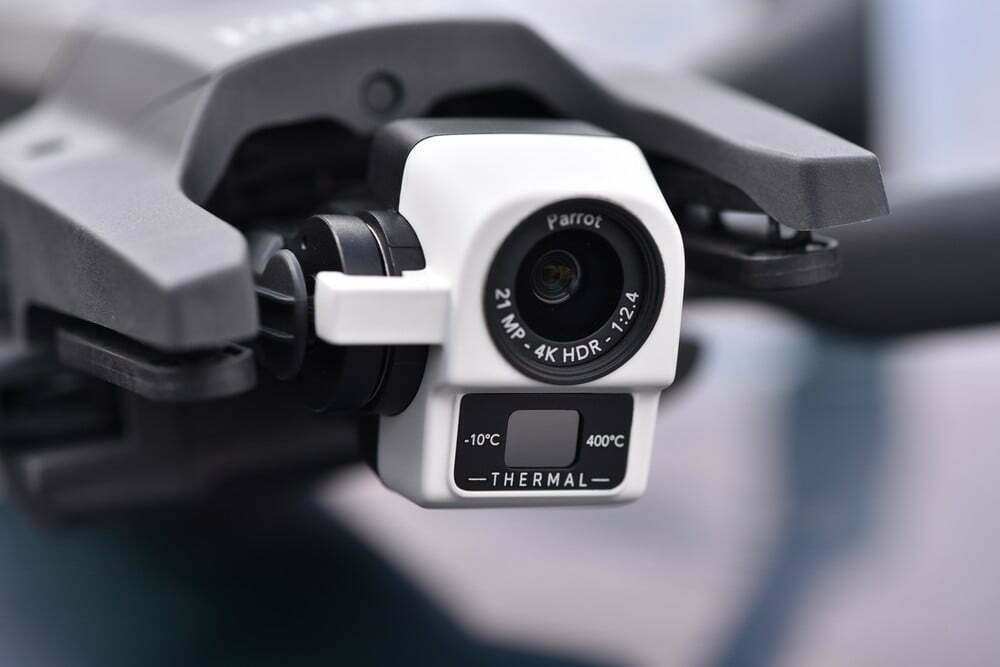
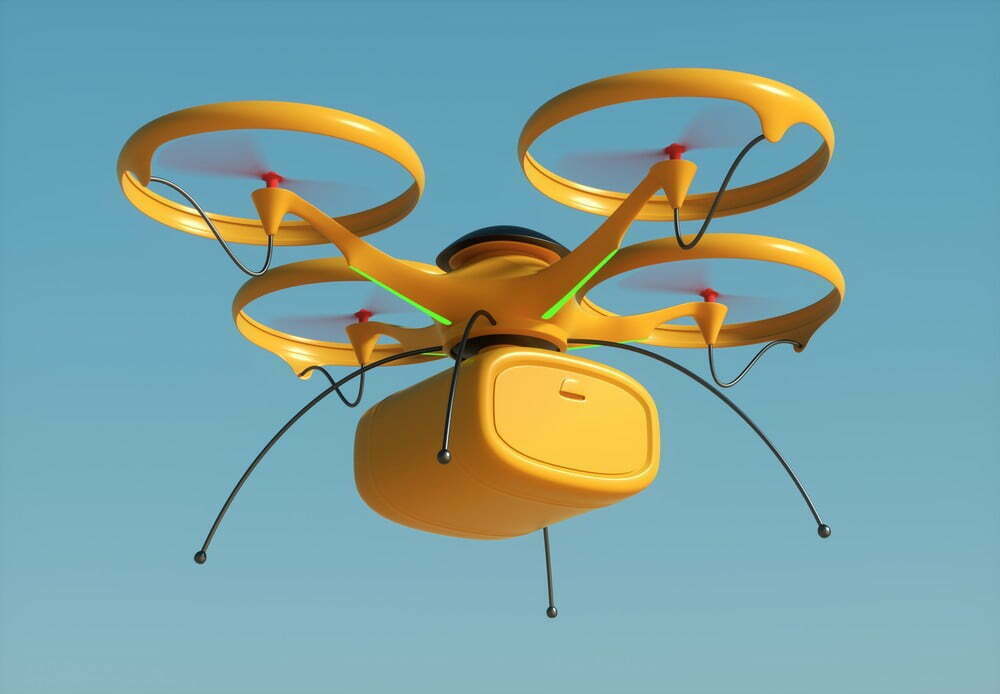
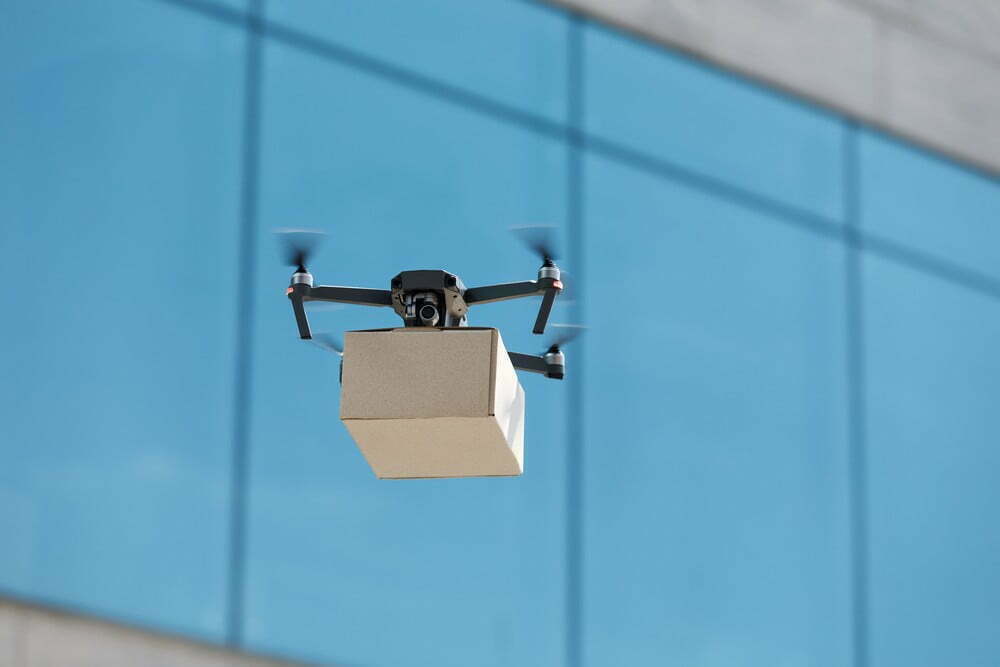
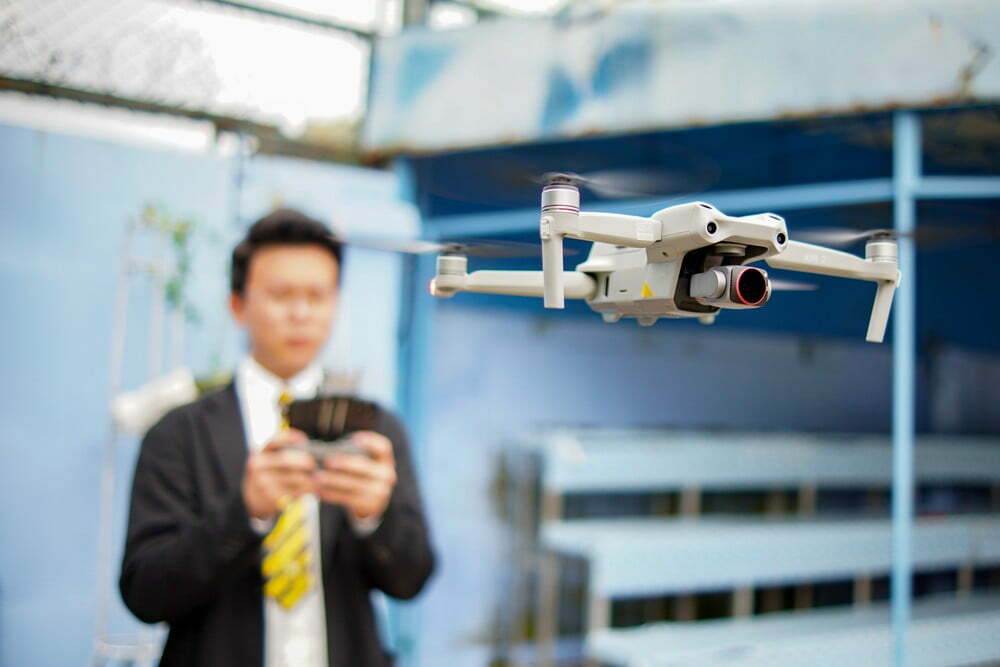
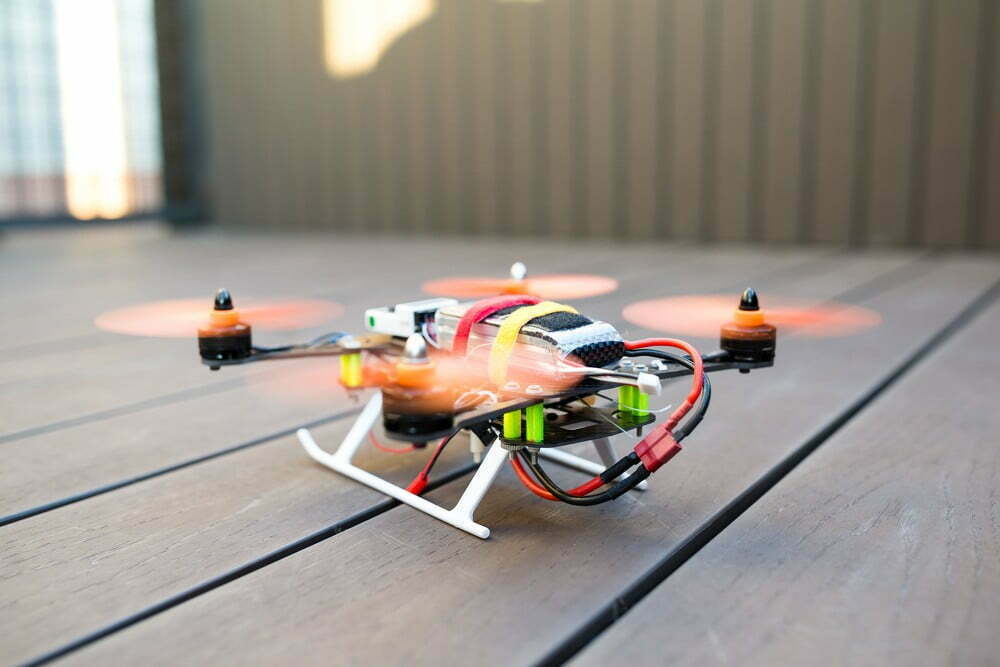
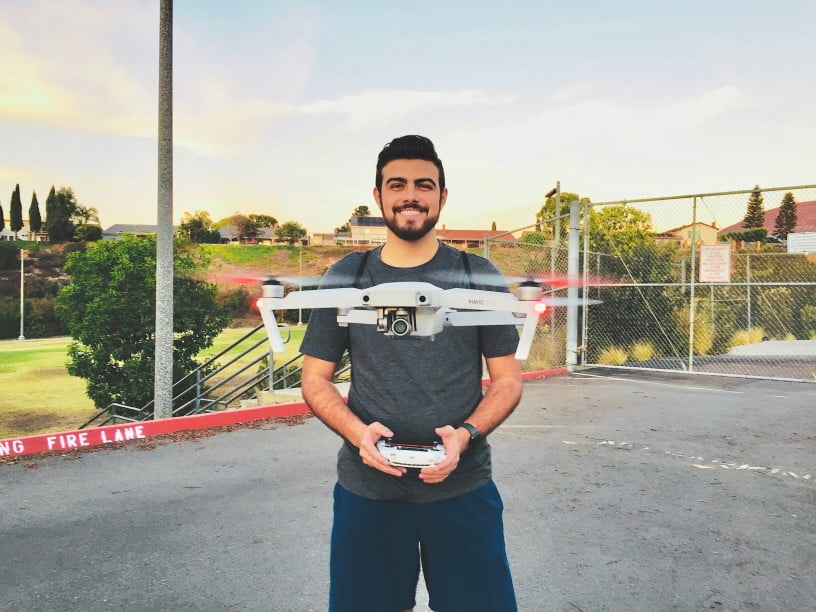
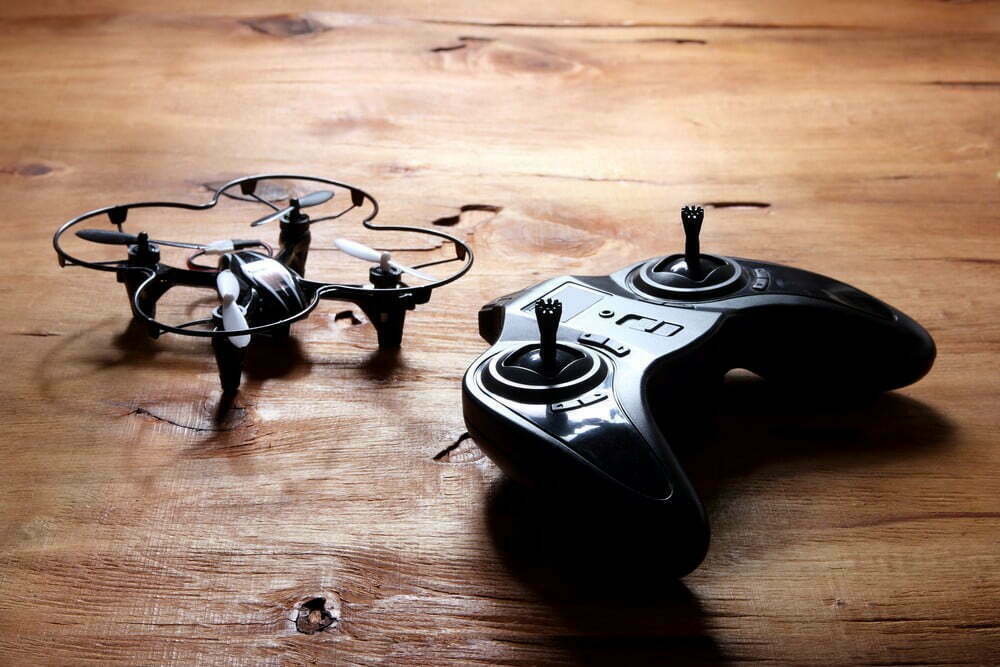
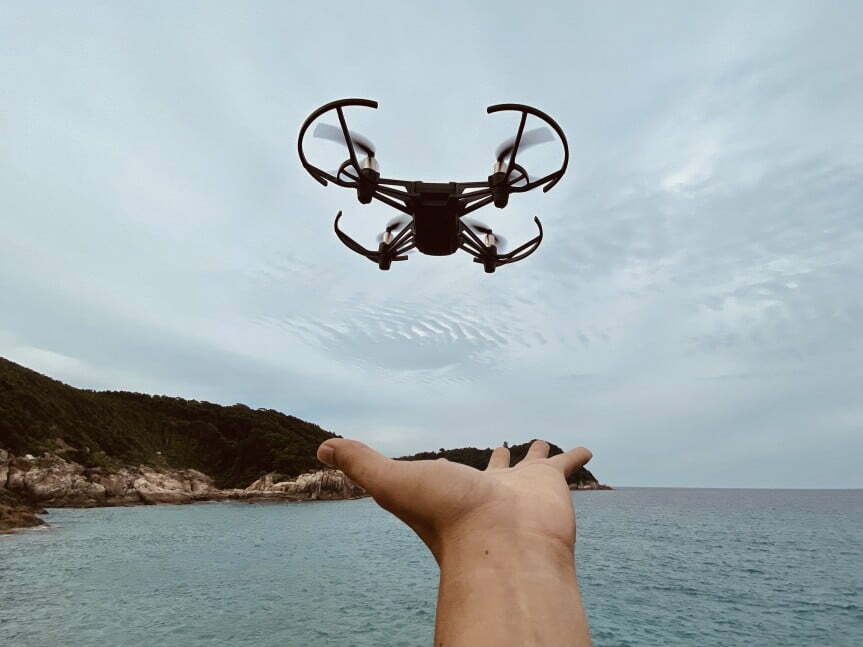
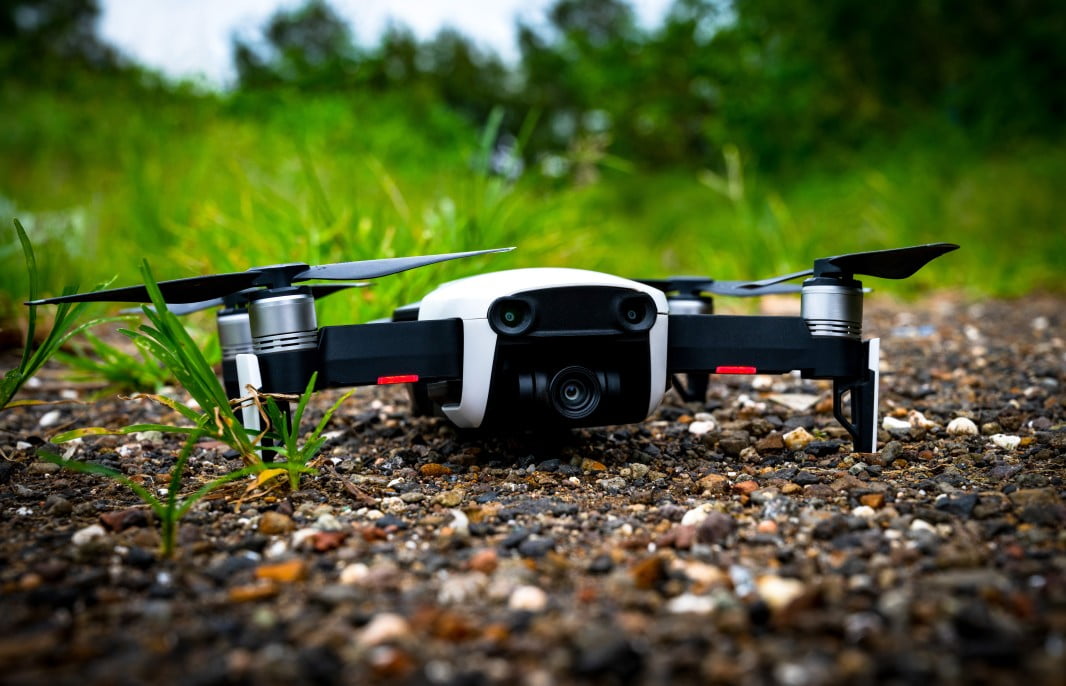
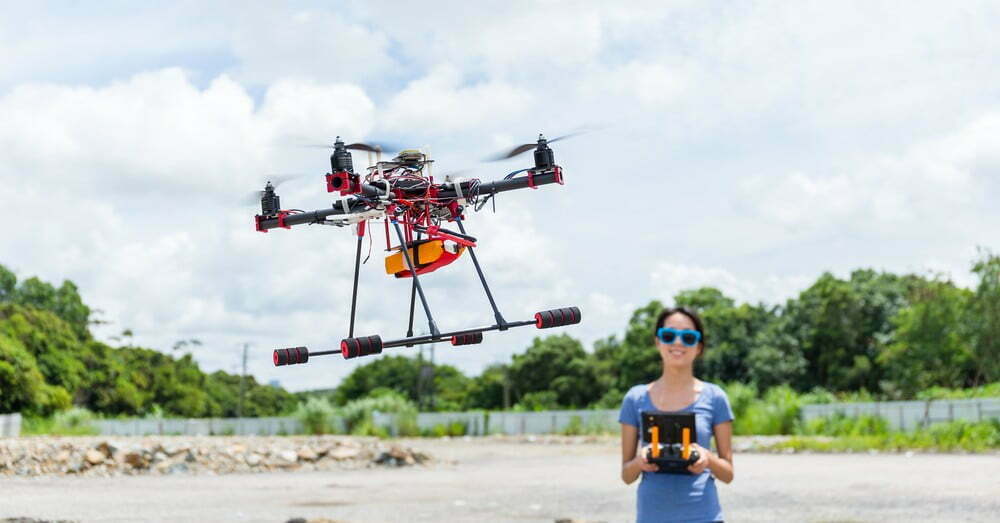
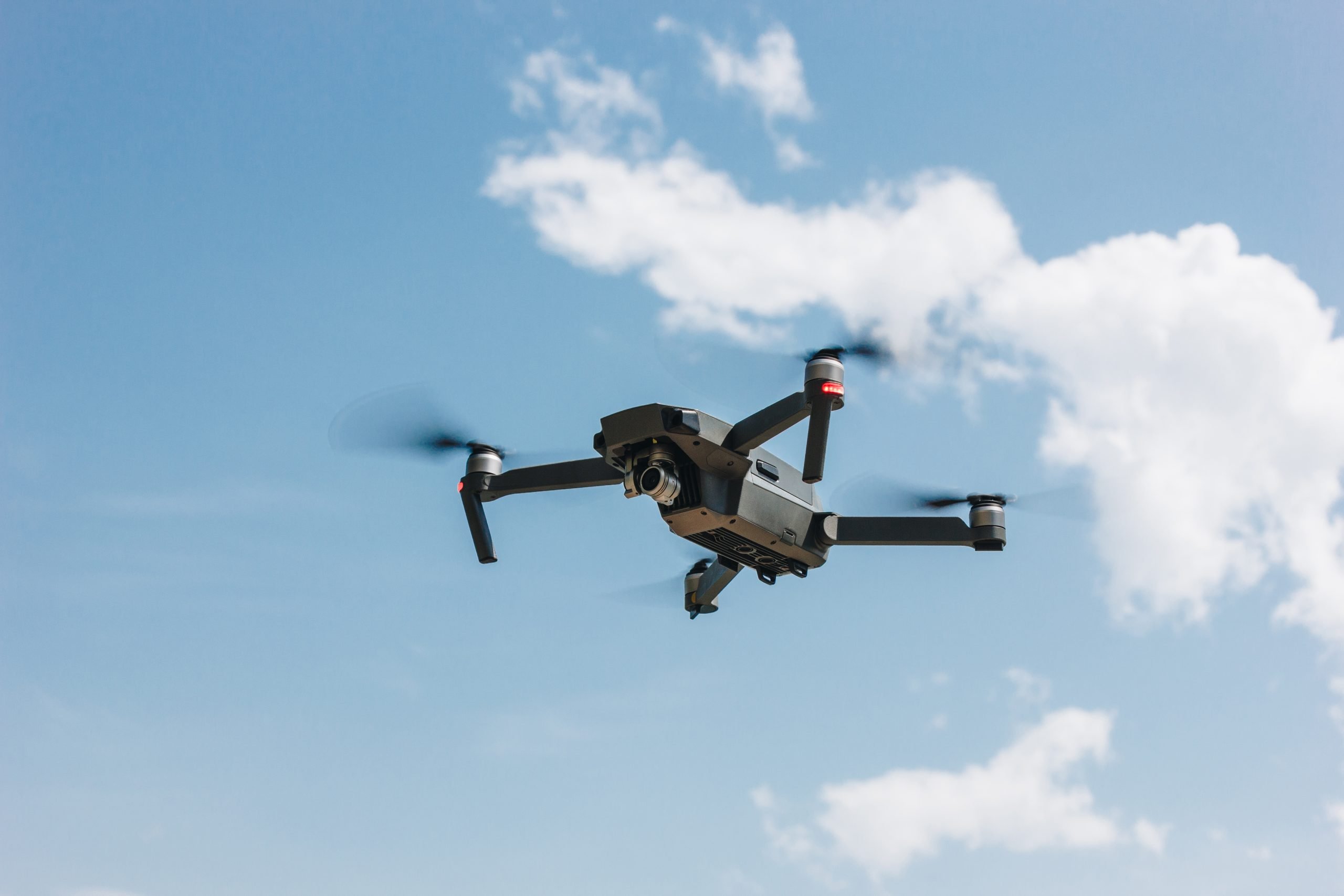
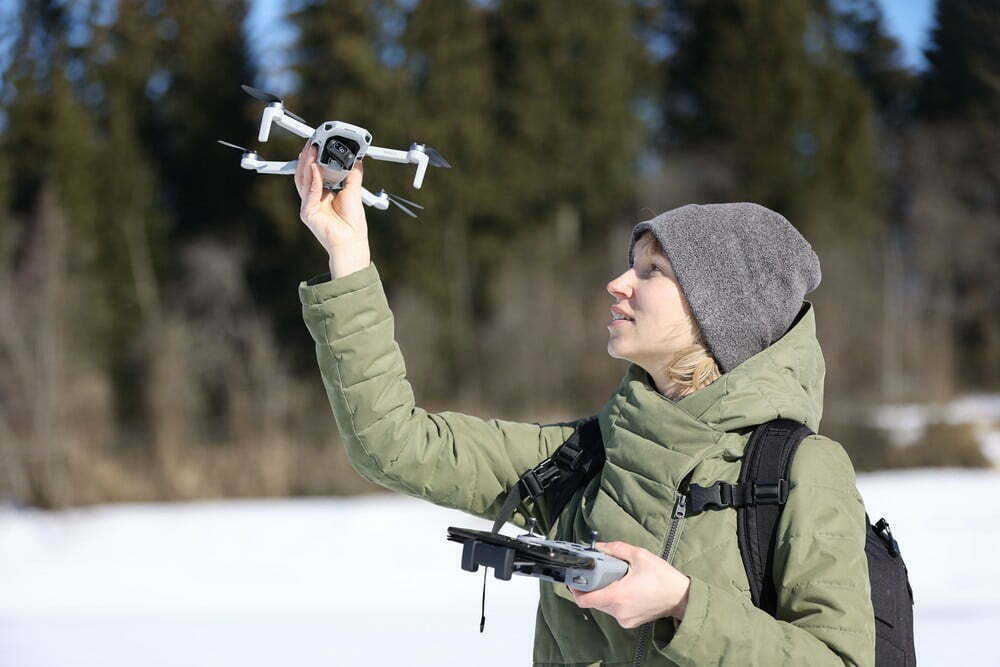
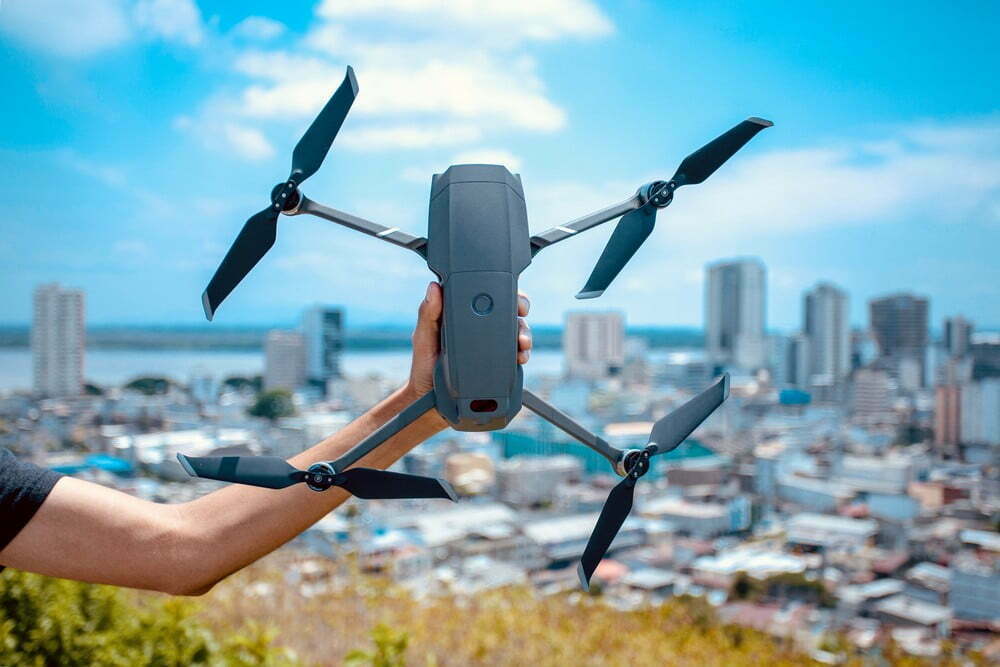
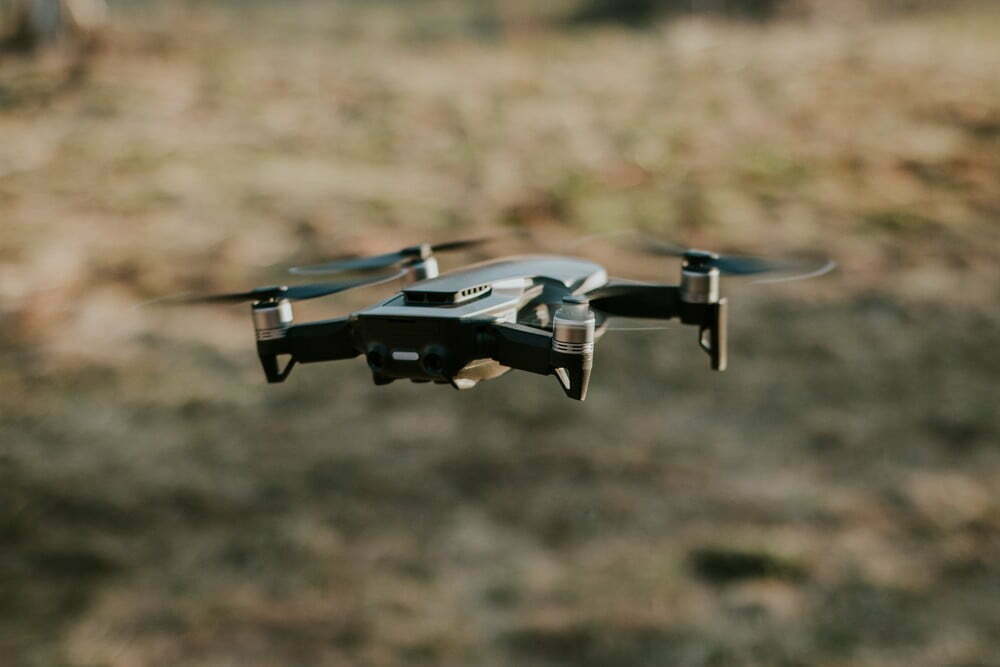
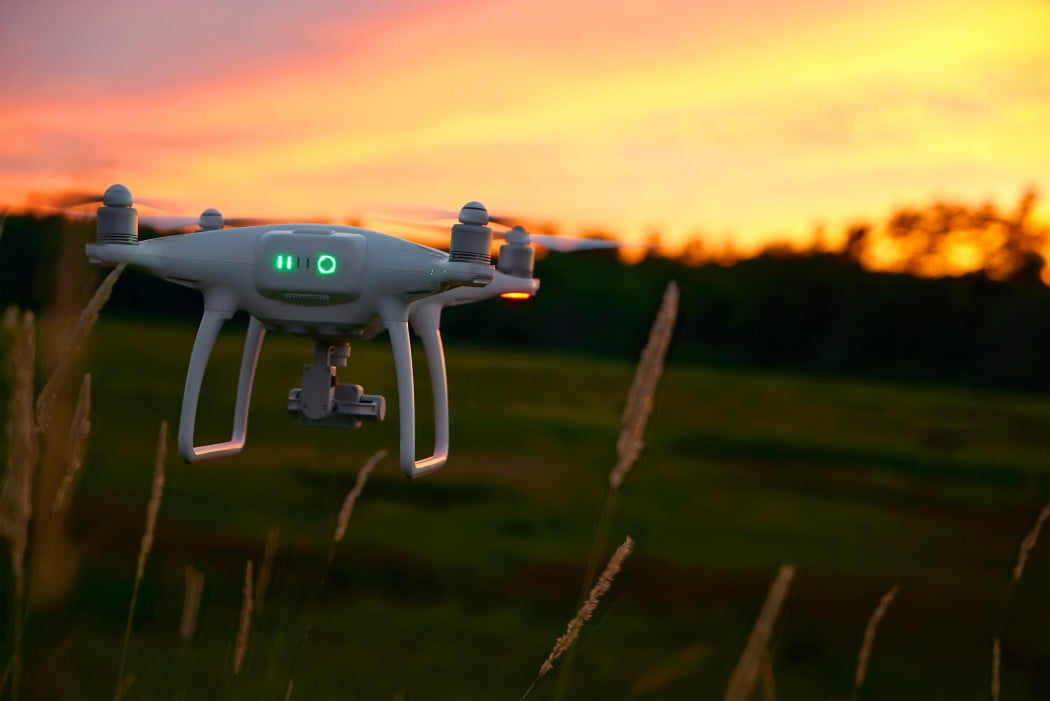
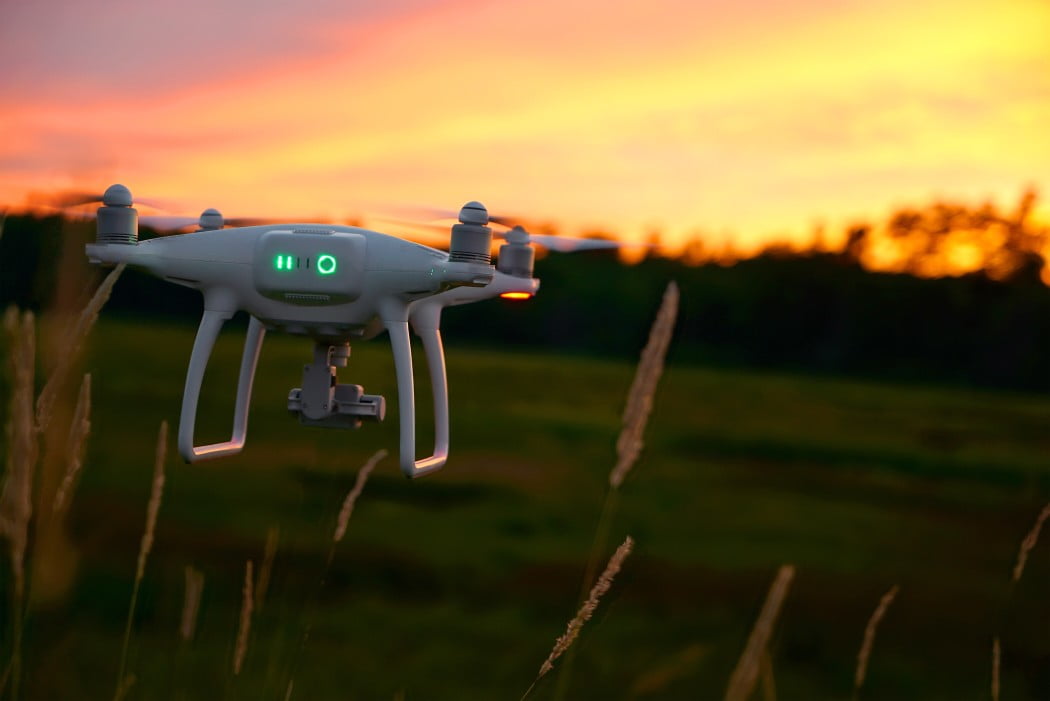
![Best Drones Under the Cost of Ferrari in [year] 26 Best Drones Under the Cost of Ferrari in 2025](https://www.gadgetreview.dev/wp-content/uploads/image-test-3.jpg)
![10 Best VR Drones in [year] 27 10 Best VR Drones in 2025](https://www.gadgetreview.dev/wp-content/uploads/Best-VR-Drone.jpg)
![10 Best Drones for Beginners in [year] 28 10 Best Drones for Beginners in 2025](https://www.gadgetreview.dev/wp-content/uploads/Best-Drones-for-Beginners.png)
![10 Best Indoor Drones in [year] 29 10 Best Indoor Drones in 2025](https://www.gadgetreview.dev/wp-content/uploads/Best-Indoor-Drone.jpeg)
![10 Best FPV Racing Drones in [year] 30 10 Best FPV Racing Drones in 2025](https://www.gadgetreview.dev/wp-content/uploads/Best-FPV-Racing-Drone-scaled-1.jpg)
![10 Best Selfie Drones in [year] 31 10 Best Selfie Drones in 2025](https://www.gadgetreview.dev/wp-content/uploads/Best-Selfie-Drones.jpg)
![10 Best Drones for GoPro in [year] 32 10 Best Drones for GoPro in 2025](https://www.gadgetreview.dev/wp-content/uploads/Best-Drone-for-GoPro-scaled-1.jpg)
![10 Best Drones for Kids in [year] 33 10 Best Drones for Kids in 2025](https://www.gadgetreview.dev/wp-content/uploads/Best-Drone-for-Kids-scaled-1.jpg)
![10 Best Professional Drones in [year] 34 10 Best Professional Drones in 2025](https://www.gadgetreview.dev/wp-content/uploads/Best-Professional-Drone.jpg)
![10 Best Fixed Wing Drones in [year] 35 10 Best Fixed Wing Drones in 2025](https://www.gadgetreview.dev/wp-content/uploads/Best-Fixed-Wing-Drone.jpg)
![10 Best Follow Me Drones in [year] 36 10 Best Follow Me Drones in 2025](https://www.gadgetreview.dev/wp-content/uploads/Best-Follow-Me-Drone.jpg)
![10 Best Foldable Drones in [year] 37 10 Best Foldable Drones in 2025](https://www.gadgetreview.dev/wp-content/uploads/best-foldable-drones.jpg)
![10 Best Drones for Travelling in [year] 38 10 Best Drones for Travelling in 2025](https://www.gadgetreview.dev/wp-content/uploads/best-drones-for-travelling.jpg)
